National Parks and Reserves in Tanzania
Tanzania, rich and varied ecosystems
Tanzania has more than 22 parks and reserves across the country that cover more than a third of its territory with rich and varied ecosystems, some of which are UNESCO heritage sites. We present to you the main ones that we have covered during our expeditions and that will best match the criteria of your stay.
Parks of northern Tanzania
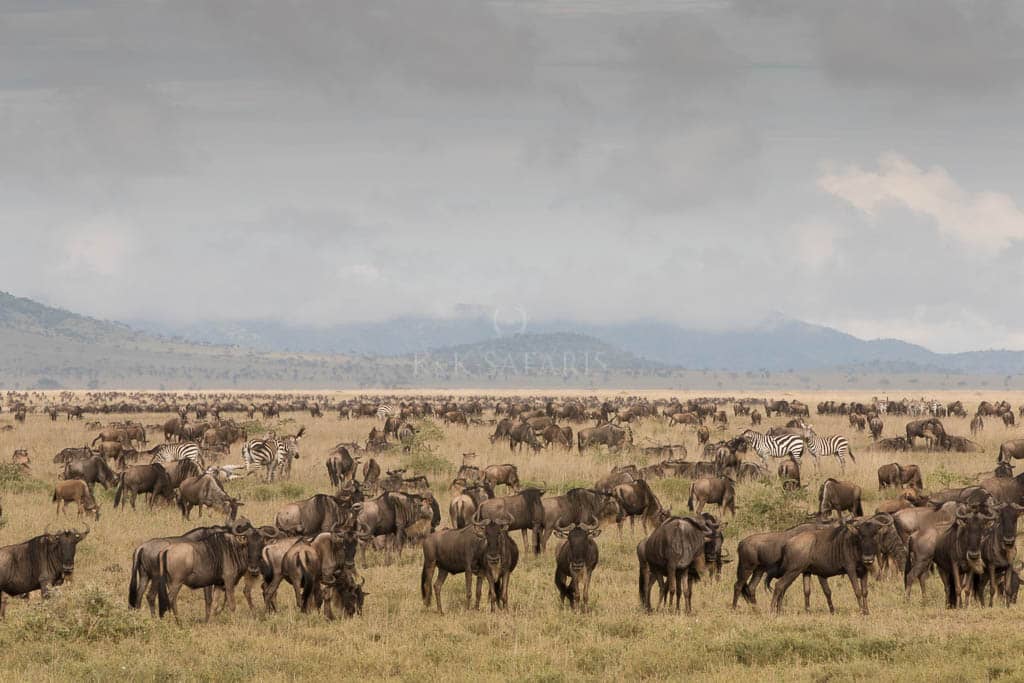
Serengeti
“Siringet” in Maasai means “vast plains”. This territory of approximately 15,000 km² was recognized in 1981 by UNESCO as a world heritage site and biosphere due to the world’s largest concentration of wild animals found there. This expanse also boasts an impressive annual migration of more than two million wildebeest, zebras and antelopes. The richness and diversity of this park offers a lasting vision whatever the season.

Ngorongoro Crater
Listed as a UNESCO World Heritage Site in 1979, the Ngorongoro Crater offers a breathtaking panorama. With a depth of 610m and 22.5 km² in diameter, the equivalent of 280 km², the caldera is home to a very important ecosystem, including the black rhinoceros. Located in the Ngorongoro Conservation Area at 2300m altitude, the surrounding region also offers magnificent landscapes that should not be overlooked despite being less frequented.
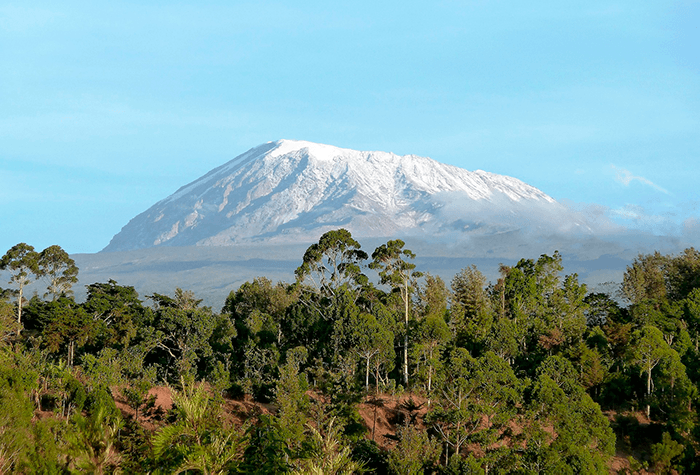
Kilimandjaro Mount
From the top of its 5895m altitude, it too has not escaped the register of the UNESCO World Heritage list. It includes three volcanoes: the Shira, the Mawenzi and the Kibo, with the Uhuru peak which is the highest point in Africa. There are several ways to climb Kilimanjaro, which are reserved for well-trained mountain climbers and adventure seekers. The ascent of Mount Meru, which culminates at 4,566 m is a respectable alternative for the less experienced.
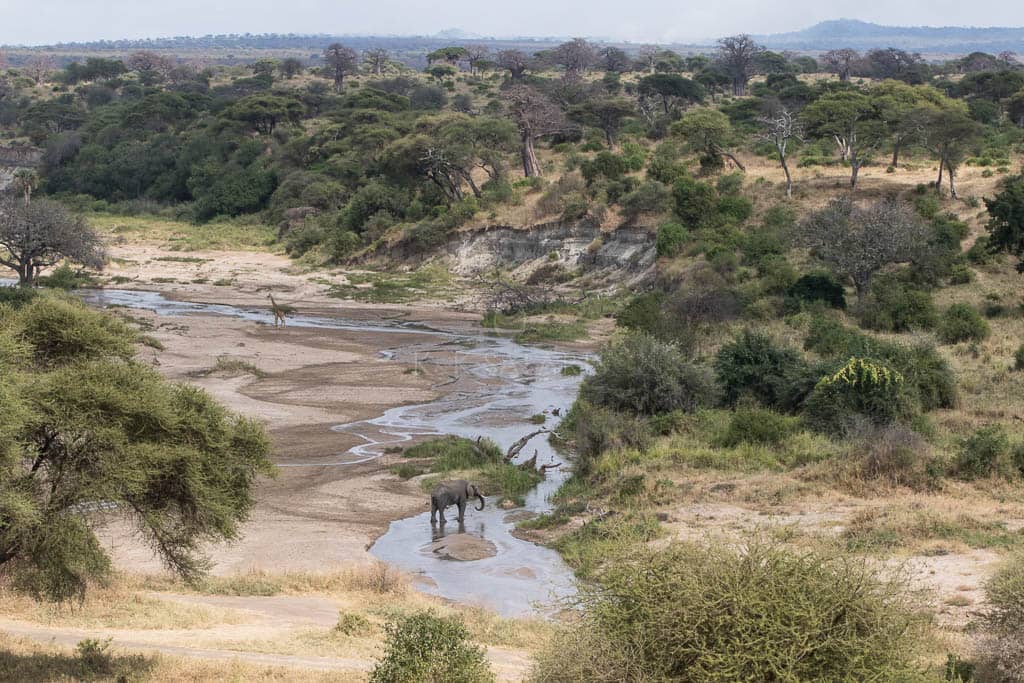
Tarangire
Only 2 hours and 30 minutes from Arusha, Tarangire National Park covers an area of 2850 km² comprising a landscape composed of granite ridges, river valleys, swamps and its many baobabs. It holds an impressive concentration of rich and varied fauna on a small territory that offers great observation opportunities. It is very popular in the dry season for the great quantity of large herds of elephants and ungulates.
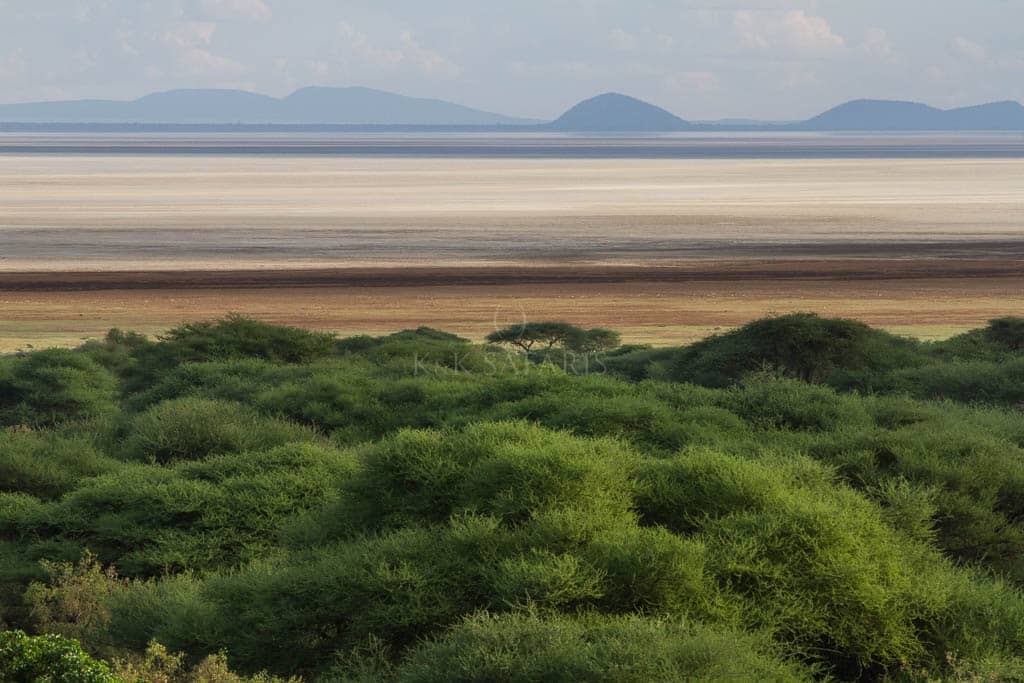
Manyara
This small park of 330 km² located on the rift valley offers a very diverse ecosystem whose lake, which bears the same name, covers 230 km² alone. The blue monkeys, a widespread species of the park, live with the elephants, buffaloes, giraffes, etc. and more than 350 species of birds within the tropical forest of the park. Often neglected compared to the great plains of the Serengeti, Manyara National Park is not without its charm.
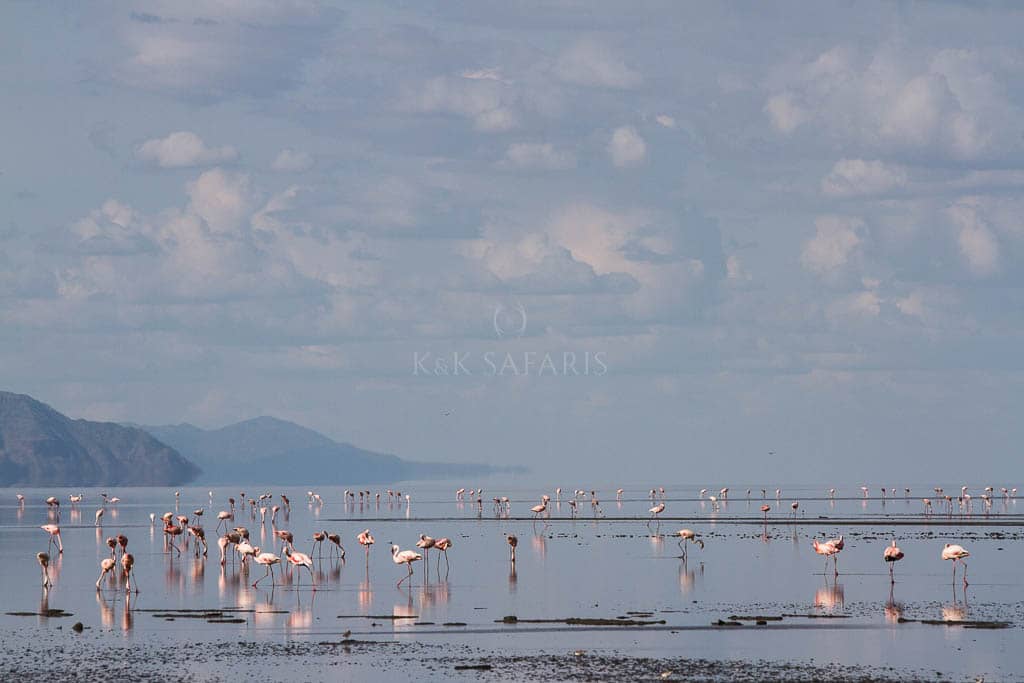
Natron Lake
Lake Natron is located on the Maasai lands of the far north of Tanzania next to the still-active OlDoinyo Lengai volcano. The spirulina-laden waters that flamingos love, stretching 57 km long with a depth of 50 cm, are currently threatened by climate change. The unique character of this environment offers a total and unique change of scenery.
Parks of southern Tanzania
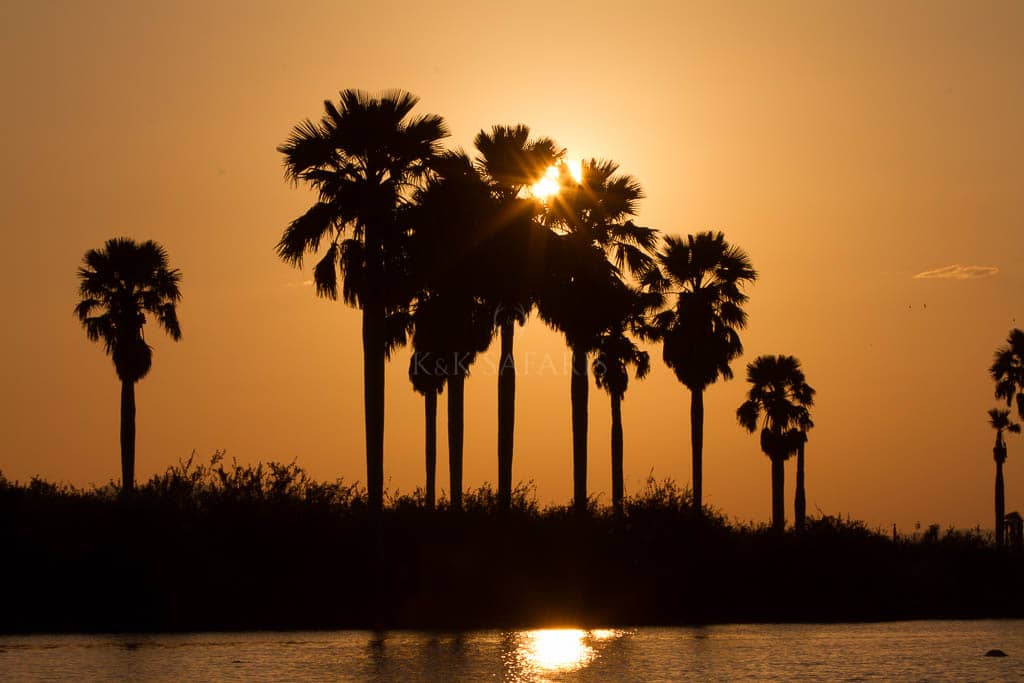
Nyerere (formerly Selous)
The 55,000 km2 of the Selous Park make it the largest protected area in Africa, hence its classification as a universal heritage site by Unesco. Only 10% in the North is reserved for photo safaris, the rest being rented to private hunting companies. Mainly wooded, it is crossed by the Rufiji river which allows observations by boat to complement those done by 4×4 and on foot safaris.
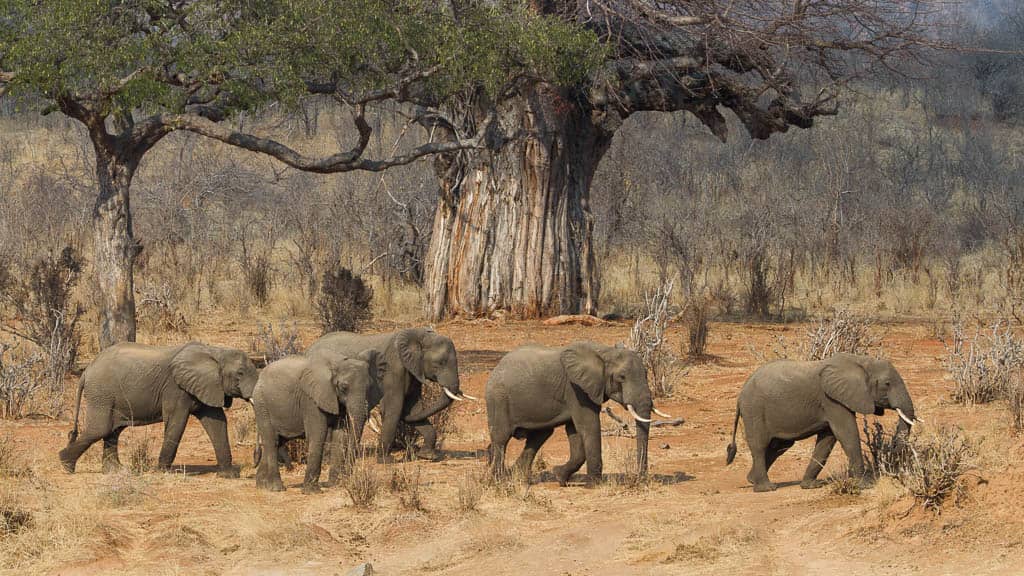
Ruaha
After Selous, it is the second largest national park in the country. Its 20,226 km² are home to exceptional wildlife and wide-ranging landscapes, such as its large baobabs. Less visited than the northern parks, it remains a highly sought-after observation ground for lovers of authenticity. Bird watchers will appreciate the period from December to February while groups of animals around the Ruaha River will concentrate during the dry season from June to October.

Katavi
Far from it all and the least known of the parks, the 4,470 km² of Katavi National Park offers a haven of peace for wildlife. There are few lodges, which means few visitors. Here, it is nature that dictates. Discreet but present, it punctuates the days according to hunting scenes through the dry sections or the gathering of hippopotamuses who engage in bloody fights.
Parks of western Tanzania
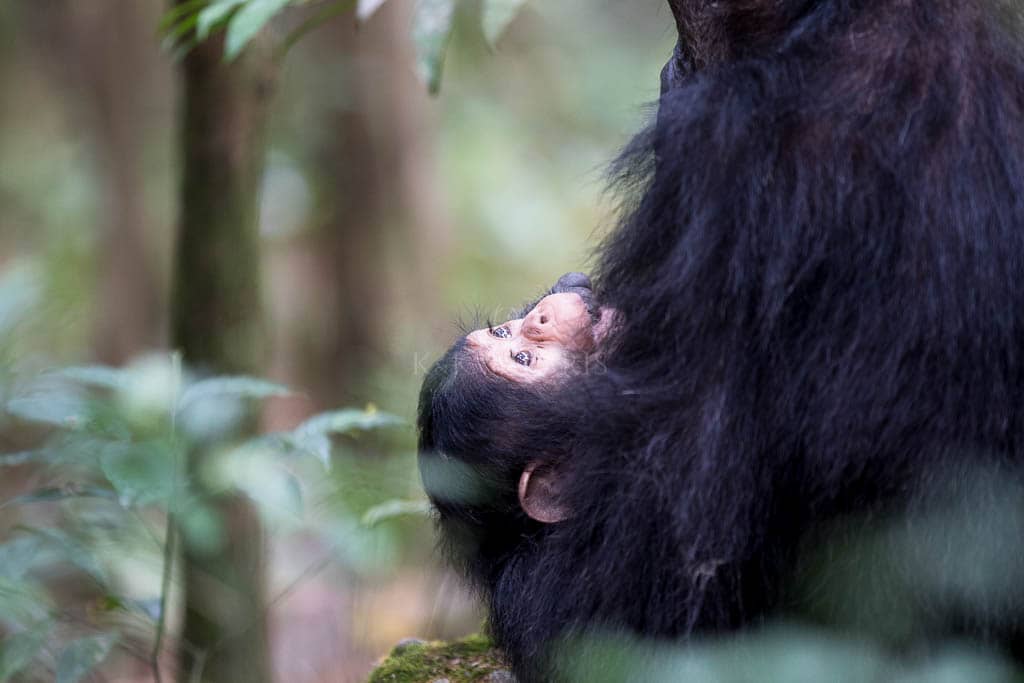
Gombe
The smallest of Tanzania’s national parks, Gombe Stream Park is a narrow strip of 35km² located on the shores of Lake Tanganyika at the far west of the Tanzania-Congo border. The park is world famous by the famous primatologist Jane Goodall. She spent many years studying the behavior of endangered chimpanzees, contributing to the desire to combine the preservation of these primates with the development of eco-tourism and allying with the awareness of the surrounding local communities.

Mahale
Located a few kilometers south of Gombe Park and the city of Kigoma, lodges in the Mahale National Park, the largest population of chimpanzees in Tanzania with more than 1000 individuals. In 1960, a Japanese research project was founded to familiarize chimpanzees to human presence. Only a lodge located on the translucent shores of Lake Tanganyika allows you to live this unique experience in a remote setting of the world where only nature reigns.

